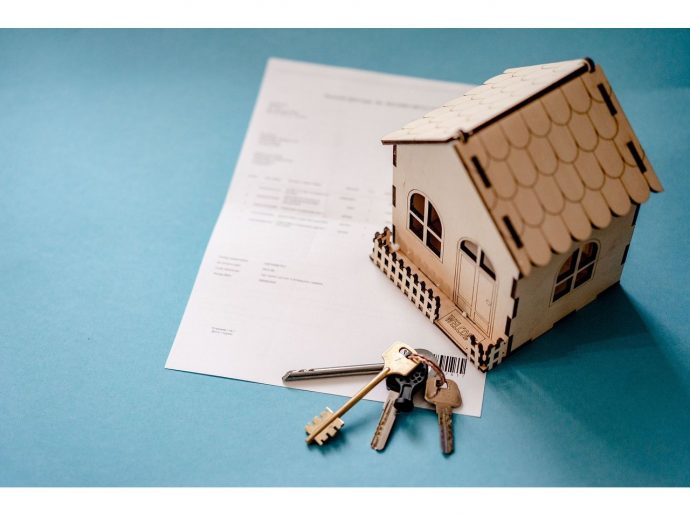Categories more
- Adventures (17)
- Arts / Collectables (15)
- Automotive (37)
- Aviation (11)
- Bath, Body, & Health (77)
- Children (6)
- Cigars / Spirits (32)
- Cuisine (16)
- Design/Architecture (22)
- Electronics (13)
- Entertainment (4)
- Event Planning (5)
- Fashion (46)
- Finance (9)
- Gifts / Misc (6)
- Home Decor (45)
- Jewelry (41)
- Pets (3)
- Philanthropy (1)
- Real Estate (16)
- Services (23)
- Sports / Golf (14)
- Vacation / Travel (60)
- Watches / Pens (15)
- Wines / Vines (24)
- Yachting / Boating (17)
Role of Technology in Transforming Real Estate Development: Enhancing Efficiency and Sustainability
Published
08/11/2024Technology has been a game-changer across various industries, and real estate development is no exception. The integration of advanced technologies is revolutionizing how we design, construct, and manage properties. From increasing efficiency to promoting sustainability, technology is driving significant changes in real estate development. This article explores the ways in which technology is transforming the industry and the benefits it brings.
Digital Design and Planning
One of the most significant advancements in real estate development is the use of Building Information Modeling (BIM). BIM allows architects, engineers, and construction professionals to create detailed 3D models of buildings before construction begins. This technology facilitates better collaboration, reduces errors, and helps in visualizing the final product. With BIM, stakeholders can make informed decisions early in the project, saving time and reducing costs.
Additionally, Geographic Information Systems (GIS) are being used to analyze spatial data, helping developers choose optimal locations for new projects. GIS technology can assess various factors such as land topography, infrastructure availability, and environmental impact, ensuring that developments are both efficient and sustainable. Nitin Bhatnagar, a leader in sustainable development, emphasizes, "BIM and GIS are not just tools but game-changers that enhance our capability to build smarter and more responsible developments."
Construction Technology
The construction phase of real estate development has seen significant improvements with the advent of new technologies. Drones, for instance, are being used for site surveys and progress monitoring. These aerial devices provide high-resolution images and real-time data, allowing project managers to track construction progress and identify potential issues quickly.
Robotics and automation are also playing a crucial role. Automated machinery can perform repetitive tasks with precision, reducing labor costs and minimizing human error. For example, bricklaying robots can work faster and more accurately than human workers, accelerating construction timelines and improving quality.
3D printing is another innovative technology making waves in the industry. By using 3D printers to create building components, developers can reduce material waste and construct complex structures that would be difficult to achieve with traditional methods. This not only enhances efficiency but also promotes sustainability by reducing the environmental footprint of construction activities.
Smart Buildings
The concept of smart buildings is becoming increasingly popular in real estate development. These buildings are equipped with advanced systems that use the Internet of Things (IoT) to connect various devices and systems within the structure. Smart buildings can optimize energy usage, enhance security, and improve the overall living experience for occupants.
For instance, smart thermostats can learn the habits of residents and adjust temperatures accordingly, reducing energy consumption. Similarly, automated lighting systems can turn off lights in unoccupied rooms, further conserving energy. These innovations not only lower operational costs but also contribute to environmental sustainability.
Sustainable Materials and Practices
Sustainability is a major focus in modern real estate development. The use of sustainable materials and construction practices is becoming the norm as developers strive to reduce the environmental impact of their projects. Materials such as recycled steel, bamboo, and low-VOC paints are being used to construct eco-friendly buildings.
Green building certifications, such as LEED (Leadership in Energy and Environmental Design), encourage developers to adopt sustainable practices. These certifications promote energy efficiency, water conservation, and the use of renewable materials. By adhering to these standards, developers can create buildings that are not only environmentally friendly but also more appealing to eco-conscious buyers and tenants.
Case Study: A Developer's Perspective
Nitin Bhatnagar, Dubai, a prominent figure in the real estate industry, has embraced technology to enhance efficiency and sustainability in his projects. By integrating BIM and GIS into the planning stages, he ensures that his developments are well-designed and strategically located. During construction, the use of drones and robotics has significantly improved productivity and quality.
Bhatnagar's commitment to sustainability is evident in his adoption of smart building technologies and sustainable materials. His projects feature energy-efficient systems and eco-friendly materials, earning recognition for their environmental responsibility. This approach not only meets market demands but also sets a benchmark for other developers to follow.
The Future of Real Estate Development
As technology continues to evolve, its impact on real estate development will only grow. Innovations such as artificial intelligence (AI) and blockchain are poised to further transform the industry. AI can analyze vast amounts of data to predict market trends and optimize building operations, while blockchain offers secure and transparent transaction processes.
Moreover, the concept of digital twins—virtual replicas of physical buildings—allows developers to monitor and manage properties in real-time, making maintenance more efficient and reducing downtime.
Conclusion
The role of technology in real estate development is multifaceted, enhancing efficiency and promoting sustainability at every stage. From digital design and construction innovations to smart building systems and sustainable materials, technology is reshaping the industry. Developers like Nitin Bhatnagar are leading the way by integrating these advancements into their projects, setting new standards for efficiency and environmental responsibility. As we look to the future, the continued adoption of cutting-edge technologies promises to drive even greater improvements in how we build and manage our built environment.















